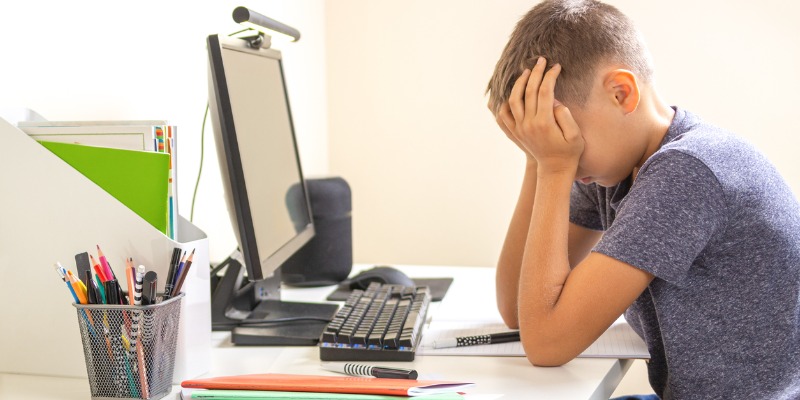One-size-fits-all approaches don’t benefit all students

It’s a longstanding debate in education. Should schools strive to keep all students, regardless of academic ability, together in the same classroom?
Some educators argue that students learn best when placed with others at the same ability level. This is called “streaming” where courses are divided into categories such as “academic” and “applied” and students take courses that match their interests and abilities. On the other side are educators who insist that students learn best in mixed ability settings. This is known as “de-streaming” where everyone takes the same core courses.
Over the last few years, Ontario has moved away from streaming and embraced de-streaming, particularly in math. Grade 9 students in Ontario used to have a choice between an academic math course and an applied math course. The academic course prepared students for university level math while the applied course was more practical and prepared students to solve everyday problems. Now these two courses have been combined into one.
Why? According to proponents, de-streaming promotes equity and inclusion. If minority students are overrepresented in non-academic courses, streaming perpetuates systemic racism. In their view, getting rid of streaming is an important step in building a more equitable society.
However, there’s more to inclusion than simply putting all students in the same classroom. Being in the same room does not mean that everyone learns at the same level. Mixing students of different ability levels and interests often results in teachers targeting their instruction to the “average” student, which is usually too easy for the advanced students and too hard for the weakest students. Thus, some students are bored while others are frustrated.
This becomes even more problematic in upper grade levels. For example, the York Region District School Board (YRDSB) has de-streamed several of its Grade 10 courses and scrapped the applied math option. Many parents are unhappy because they believe their children are being forced to take a math course that’s too difficult for them. They argue it would make far more sense to let students enroll in a course that better fits their needs.
Interestingly, even the usual proponents of de-streaming recognize that the transition from streaming to de-streaming has not gone smoothly. A recent report from People for Education, an Ontario-based advocacy group, notes that only 30 per cent of Ontario principals feel the Ministry of Education had provided them with sufficient support. The same report also notes that schools in high-income neighbourhoods offered smaller de-streamed classes than those in low-income neighbourhoods. In other words, the disparity between rich and poor remains as significant as ever.
Nevertheless, there are reasonable arguments for both streaming and de-streaming. We should not fall into the trap of thinking this is an all-or-nothing proposition and impose a one-size-fits-all ideology on everyone. This is why we need to give parents more choice. One of the biggest problems with public school boards is they tend to gravitate toward one-size-fits-all approaches, as evidenced by the way the YRDSB imposed de-streaming on all its schools.
In a true school choice system, parents would be able to send their children to the schools that best meet their needs. And would no longer need to fight with the school board bureaucracy to get the learning environment that works best for their children. Letting parents and students vote with their feet is the most effective way to empower them.
If we truly believe that all students deserve a quality education, then we must allow them to attend the schools of their choice. Instead of rehashing the streaming versus de-streaming debate, let’s make both options available to students. There’s no need to force everyone into the same mold.

